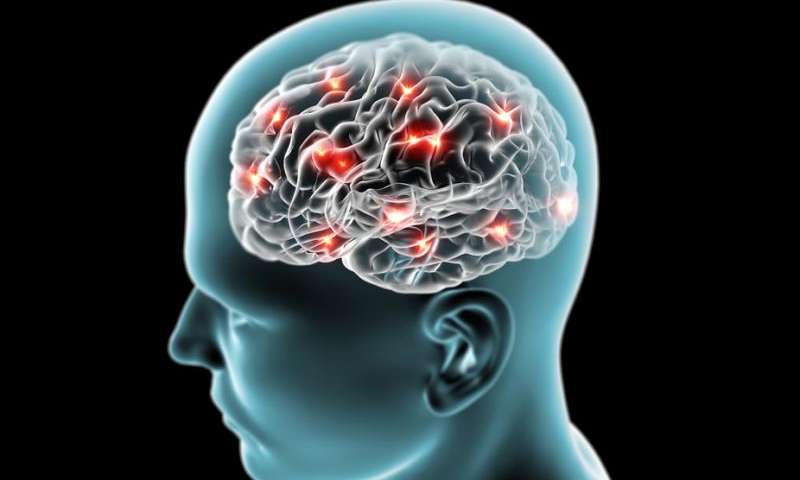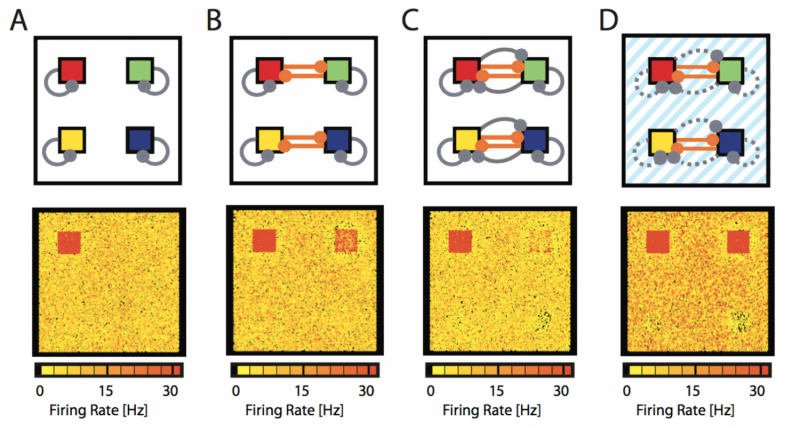
One of the most intriguing discoveries in physics of the last century was the existence of antimatter, the material that serves like a “mirror reflection” of subatomic particles — electrons, protons and quarks — but with the opposite charge. Antimatter has deepened our understanding of the Universe and the laws of physics, and now this same idea needs to explain something as mysterious memory.
When memories generate and “remember”, between the neurons of the brain form new and strong electrical connection. Memory presents these new connections between neurons. However, a new theory, supported by animal studies and mathematical models, suggests that at the same time, when a memory is born “antiplate” connections between neurons with opposite nature of the electrical activity in comparison with the original memory. Scientists believe that this helps maintain the balance of electrical activity in the brain.
Growth of stronger connections between neurons, known as the increase of arousal, is part of the normal learning process. As the excitement that we feel emotionally, a little excitement never hurts. But as with emotional arousal, excess can cause problems.
In fact, the level of electrical activity in the brain and clearly finely balanced. Any excessive excitation in the brain disrupts the equilibrium. The electrical imbalance that is believed to underlie some of the cognitive problems associated with mental and psychological conditions such as autism and schizophrenia.
Trying to understand the implications of the imbalance, scientists came to the conclusion that there must be a second process in training, which compensates for the excitation caused by the new memory, and it keeps the system oiled. The essence of the theory is that, like matter and antimatter should be antiplate for each memory. Accurate mirroring of the initiation of the new system from the growing storm of brain activity, keeping the system in balance. Memory is present, but the activity it creates are suppressed. Antiplate drowns out the original memory, not erasing it.
What makes antiplate?
So far, the existence of antiplate confirm only experimental work on rats and mice, as well as modeling. The experiments require direct recording inside the brain using electrodes, and since the premise of metal probes in the brains of people, as a rule, is frowned upon, scientists still can not directly confirm the existence of antiplate people. In the work, which was published in the journal Neuron, a team of scientists from Oxford University and University College in London came up with a reasonable way to determine whether the memory of the people as well as our smaller brothers.
The subjects were asked to perform a task that creates a new memory. Using fMRI to scan the brain of subjects for several hours after training, the researchers found no traces of this memory, because it muffled antipasti. So they passed a weak electric current through the area of the brain where the memory was formed (using safe equipment anode transcranial direct current simulation). This allowed them to reduce the inhibitory activity of the brain in this area is to disrupt the inhibitory antipasti and uncover the hidden memories.

The chart above shows four coloured figures, that the participant will need to beat in pairs. Thus, studied two sets of forms, and the memory represented by the orange links between them. In the process of learning of these pairs, the excitation in the brain induced by learning and memory, balanced by inhibitory antipathy presented new gray lines.
The yellow squares below show the level of activity of neurons during the learning process. First, before the formation of pairs, they answer only to the red square. After studying pairs of red and green squares, the neurons respond to each stimulus. Antiplate responds to this Association and chokes them, and the neurons are activated only in response to a red stimulus. Finally, after a disruption of antipasti, the Association again evident and the neurons are activated in response to each stimulus.
It seems that in humans, as in animals, antipasti plays an important role in preventing potentially dangerous excess electrical excitation of the brain, which, otherwise, may result in this epileptic state of the brain and seizures. It is believed that antipasti can also play an important role in preventing spontaneous activation of memories of each other that could lead to confusion and disordered processes of thinking.
Just as mathematical theory of antimatter and its subsequent opening in the nature and creation in the laboratory has had an important impact on the physics of the 20th century, it seems, to study the mysterious processes of antipasti can be potentially revolutionary for our understanding of the brain in the next century.
